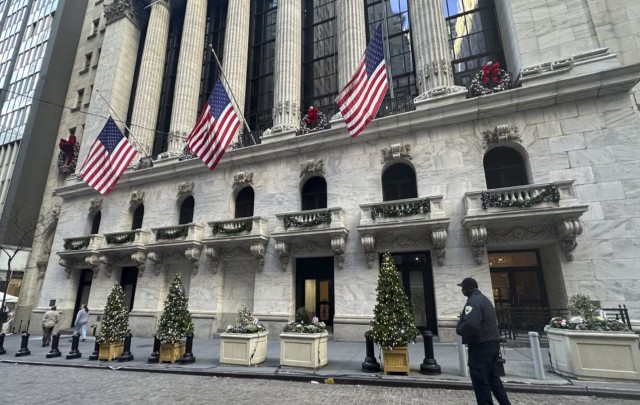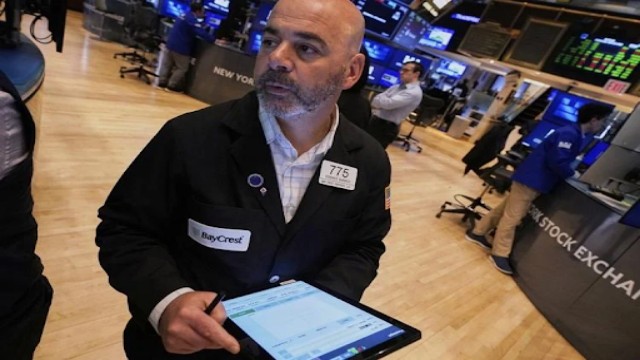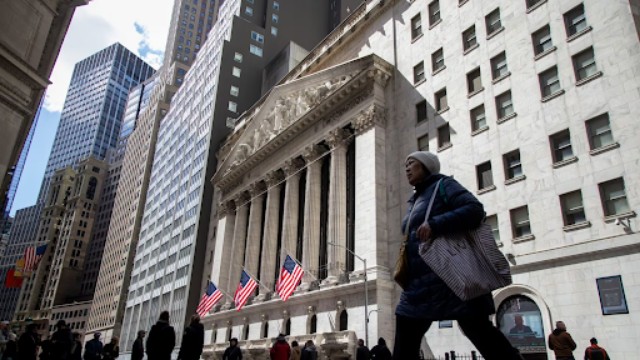
Traders are busy on the floor of the New York Stock Exchange in New York.
In the week leading up to August 21, U.S. equity funds attracted a remarkable influx of investment, driven by mounting expectations of a Federal Reserve interest rate cut and a reduction in concerns about economic growth. Investors poured nearly $6 billion into these funds, marking the largest net purchase since mid-July.
This surge in investment was largely influenced by a combination of positive economic signals. A recent inflation report showed that price increases were not as severe as some had feared, and the release of Federal Reserve meeting minutes, which hinted at the possibility of a rate cut in September, helped to lift investor spirits. This optimistic outlook encouraged a shift toward riskier assets, including U.S. equities.
Additionally, strong retail sales figures and upbeat consumer sentiment data provided further reassurance. These reports alleviated earlier worries about a potential economic slowdown, supporting a rise in stock market values. As a result, investors showed a clear preference for large-cap stocks, investing $5.19 billion in these funds—the highest weekly net purchase since late July. This strong interest in large-cap equities reflects confidence in the stability and growth prospects of major U.S. companies.
Conversely, investors moved away from mid-cap and multi-cap stocks. They sold $1.29 billion worth of mid-cap funds and $807 million in multi-cap funds. This shift suggests a preference for the perceived safety of large-cap stocks over the volatility associated with mid-cap and multi-cap equities.
Sector-specific investments also highlighted changing investor priorities. Funds focused on consumer staples, financials, consumer discretionary items, and technology attracted significant inflows. Consumer staples saw $768 million in new investments, while financials received $589 million. Consumer discretionary and technology funds drew $309 million and $257 million, respectively. These sectors were favoured for their perceived stability and growth potential in the current economic environment.
On the other hand, utilities, which had previously been a popular investment choice, experienced a reversal. Investors withdrew approximately $620 million from utility funds, ending a five-week streak of net inflows. This shift indicates a possible move away from defensive sectors in favour of more growth-oriented investments.
Bond funds continued to be a favourite among investors, drawing $4.43 billion in the week. This marked the 12th consecutive week of net inflows into bond funds. Within this category, U.S. government bond funds were particularly attractive, securing $2.26 billion—making it the fourth consecutive week of strong inflows. High-yield and domestic taxable fixed-income funds also saw substantial interest, with net purchases of $1.83 billion and $865 million, respectively.
Money market funds maintained their appeal, with investors contributing $19.19 billion over the week. This consistent interest in money market funds reflects a preference for liquidity and safety amid fluctuating market conditions.
In summary, the recent influx into U.S. equity funds highlights growing investor confidence driven by anticipated rate cuts and improved economic data. Large-cap stocks and sector-specific funds led the way, while bond and money market funds also saw significant interest. This robust investment activity underscores a cautious optimism in the financial markets.















